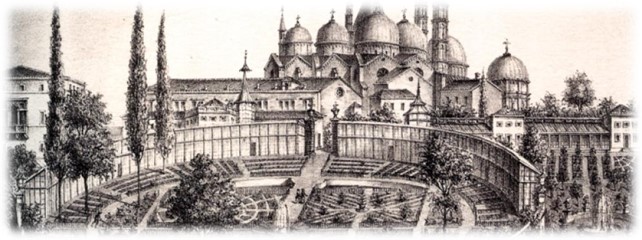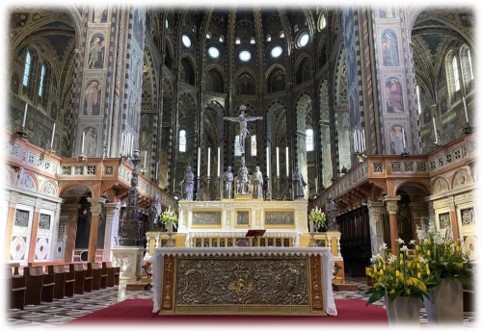Tour Around Padova
The University of Padua Botanical Garden
Established in 1545 on the property of the Benedictine monks of St. Justina, Padua Botanical Garden is the oldest existing university botanical garden in the world. The Senate of the Venetian Republic approved its foundation for the cultivation of medicinal plants, which later constituted the largest portion of the so-called “simple” herbs, i.e. medicaments of natural origin. This is why early botanical gardens were called Horti simplicium (“Gardens of Simples”).
The Garden was constantly enriched with plants from all over the world, particularly from countries where the Venetian Republic had possessions, or with which it traded. This is why Padua played such an essential role in the introduction and study of several exotic species.
The Garden has witnessed the evolution of botany from a science originally applied to medicine, to an independent science with various branches. The library, the herbarium, and several laboratories, were later added. Just like other similar university institutions in Italy and abroad, not only does the Botanical Garden provide an opportunity for the general public to learn more about plants, but it is also a resource for scholars, and it aims at preserving rare and endangered plant species.
Padua Botanical Garden is the original of all botanical gardens throughout the world; it represents the birth of science, of scientific exchanges, and of the awareness of the relationship between nature and culture. It gave a great contribution to the development of many modern scientific disciplines, notably botany, medicine, chemistry, ecology, and pharmacy.
Join us for an unforgettable journey into the world of plants, science, and history.
Basilica of Saint Anthony
One of the most important pilgrimage sites in the Christian world, this magnificent basilica, known as “Il Santo,” houses the tomb of Saint Anthony of Padua and is a masterpiece of Italian Gothic architecture.
The name of the architect is not known; he may have been a Franciscan friar, a man of genius and of extensive figurative knowledge. The Basilica was initiated in 1232, and its principal part was completed towards the end of that century. It was dedicated to Saint Anthony of Padua, who was born around 1195 in Lisbon, Portugal, and who died in Padua on June 13, 1231.
Taken as a whole, the majestic building displays the strong influence of Saint Mark’s Basilica in Venice, yet its large and imposing structure is Romanesque, while the interior, with its high apse and nine radial chapels, is purely Gothic in style. These contrasting characteristics are blended together in an original way which immediately distinguishes the Basilica from other medieval places of worship.
As we explore its stunning chapels and richly decorated interiors, you’ll encounter the extraordinary works of Donatello, including the famous bronze statues and reliefs that adorn the high altar.
We’ll also visit the serene cloisters, where you can experience the peaceful atmosphere and beautiful architecture that have inspired visitors for centuries.
Discover the spiritual, artistic, and architectural treasures of this iconic sanctuary, a symbol of Padua’s deep religious heritage.
Departure from the conference site at 14.15 hrs (walking distance)
End of the tour 18.00 hrs



